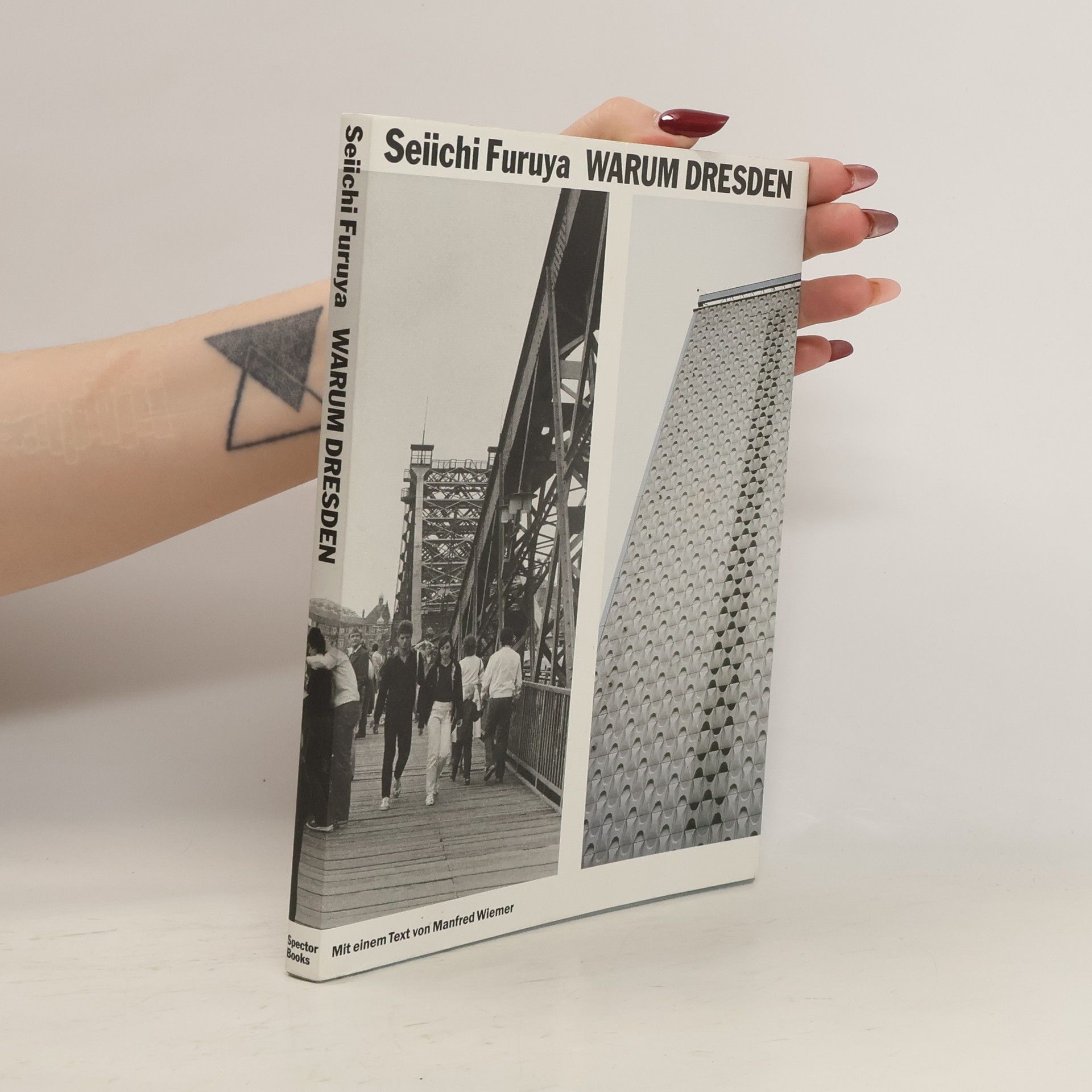Seiichi Furuya Books


Warum Dresden
Fotografien 1984/85 und 2015
Seiichi Furuyas Dresdner Fotografien aus dem Jahr 1984/85 sind ein Dokument gegen jede Wahrscheinlichkeit. Ein Japaner, der seit Anfang der 1980er Jahre ein wichtiger Protagonist der österreichischen Fotoszene ist, hält den Alltag in der späten DDR fest. Furuya kam als Dolmetscher für eine japanische Baufirma nach Dresden. Seine ufnahmen sind privat – eine junge Familie, in ihrer Intimität, ihren tiefen Ängsten und glücklichen Momenten – das Gesellschaftliche, den Alltag hält er eher beiläufig fest. Seine Perspektive von Außen, der Blick eines Fremden, hat in der künstlerischen Fotografie der DDR keine Entsprechnung. 2015 kam Seiichi Furuya für ein Ausstelllungsprojekt wieder nach Dresden. Neue Aufnahmen entstehen: Fotografien von vertrauten Orten, an denen sich dreißig Jahre später ein kapitalistischer Alltag eingeschrieben hat, und von den Pegida-Demonstrationen, die das Bild der Elbmetropole sehr stark verändert haben.